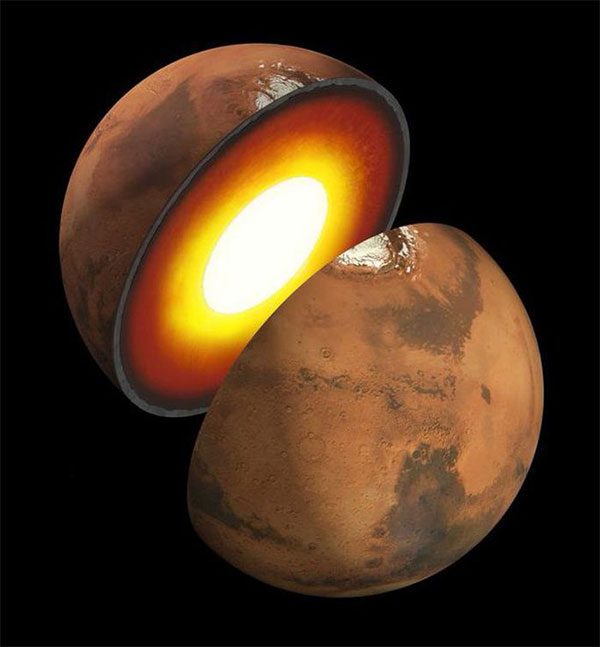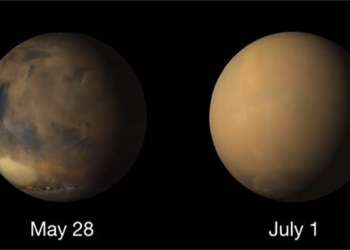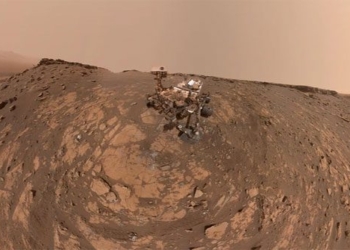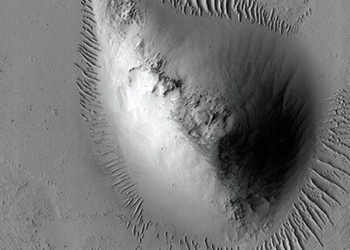On July 22, NASA announced a collection of three studies that determine the depth and composition of the crust, mantle, and core of Mars, which has been confirmed to have melted.
The National Aeronautics and Space Administration (NASA) launched the InSight spacecraft, which landed on Mars in November 2018. Since 2019, it has recorded hundreds of seismic events on the Red Planet, referred to as “Marsquakes.”
Lead researcher Bruce Banerdt from InSight at NASA’s Jet Propulsion Laboratory in California stated: “The information in these studies is the result of a decade of exploration.”
InSight’s seismometer, known as the Seismic Experiment for Interior Structure (SEIS), has recorded 733 unique events since 2019, with 35 of these used for three scientific reports based on new data. Because seismic waves change based on the material they encounter, scientists can use these variations to determine the internal structure of the planet.

Image of Mars’ core. (Photo: NASA InSight)
Simon Stähler from ETH Zurich and the lead author of the study on Mars’ core described this research as an “once-in-a-lifetime opportunity.”
He added: “Scientists have spent hundreds of years measuring the Earth’s core; after the Apollo missions, it took them 40 years to measure the Moon’s core. InSight took only two years to measure Mars’ core.”
It is noteworthy that Mars does not have tectonic plates like Earth. Furthermore, no earthquakes have exceeded a magnitude of 4 on the Richter scale.
Mark Panning, the lead author of the study on Mars’ crust, stated: “We had to perform a lot of careful processing to extract what we wanted from this data.”
Based on the data, experts hypothesize that Mars formed from a combination of meteoritic material and space dust as it orbited the Sun.
NASA scientists plan to use this data from Mars to enhance modern understanding of how rocky planets, such as Earth, form.




















































